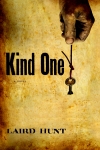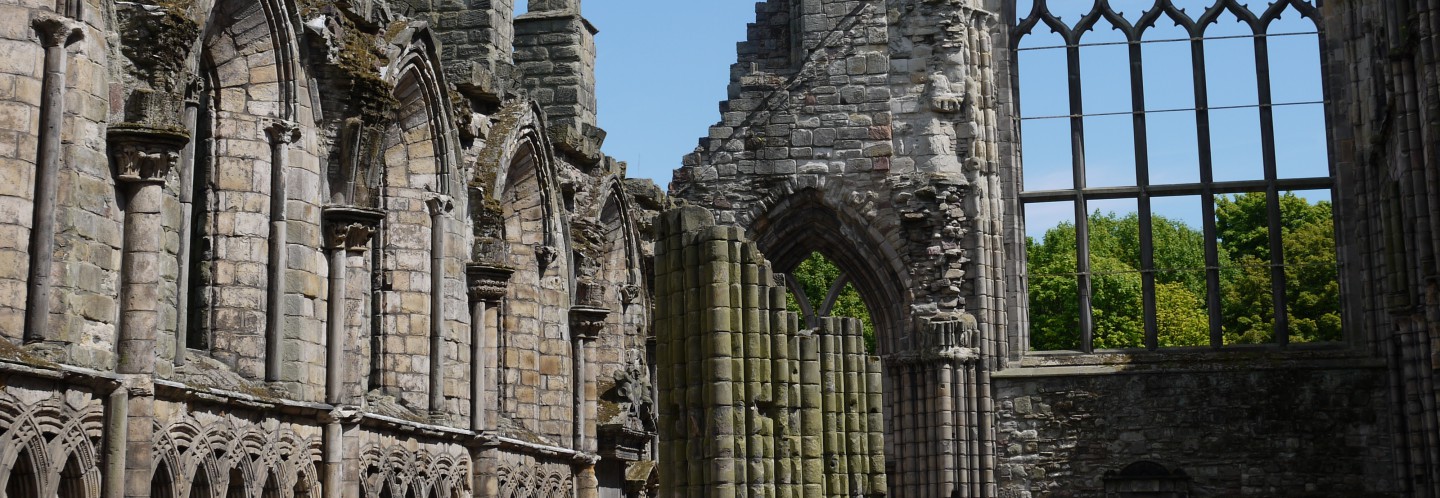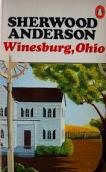This fall I’ll be teaching an undergraduate course on the American Novel, and I’m putting together the reading list. At this point, I’m pretty sure of a few texts, but I’m wondering what other texts/authors people think ought to be covered in an American Novel course.
Here’s what I have so far:
Our Nig by Harriet E. Wilson (1859)
 In grad school I took a class on trauma in slave narratives, and for a moment, I toyed with the idea of writing a new version of Harriet E. Wilson’s autobiographical novel, Our Nig. In my version, Wilson’s protagonist, Frado (known to her owners as “Nig”), would be Samuel L. Jackson. I never figured out how it would work—would Frado look and sound and act like Jackson, but still be based on Wilson? Or would Nig be Samuel L. Jackson through the power of pastiche or some trick of space-time? However it worked, I knew one thing for sure. Instead of taking the punishment dished out by her owners in the book, Harriet E. S. L. Jackson-Wilson would call said slave owners every name in the book, then kill them before lighting out for the territories. Or maybe she would set up housekeeping on the old plantation and plant the seed of revolt. I wanted a story to match the rage that had been building in me with each narrative we read.
In grad school I took a class on trauma in slave narratives, and for a moment, I toyed with the idea of writing a new version of Harriet E. Wilson’s autobiographical novel, Our Nig. In my version, Wilson’s protagonist, Frado (known to her owners as “Nig”), would be Samuel L. Jackson. I never figured out how it would work—would Frado look and sound and act like Jackson, but still be based on Wilson? Or would Nig be Samuel L. Jackson through the power of pastiche or some trick of space-time? However it worked, I knew one thing for sure. Instead of taking the punishment dished out by her owners in the book, Harriet E. S. L. Jackson-Wilson would call said slave owners every name in the book, then kill them before lighting out for the territories. Or maybe she would set up housekeeping on the old plantation and plant the seed of revolt. I wanted a story to match the rage that had been building in me with each narrative we read.
Instead, I abstracted that rage away with a seminar paper filled with academic jargon.
Anyway, Wilson’s story of Frado is one I’ve been itching to get back to, and here’s my chance. As an autobiographical novel, it will give the class an opportunity to explore the conventions of the novel.
___
Winesburg, Ohio by Sherwood Anderson (1919)
In undergrad this book got under my skin. Technically not a novel but a short story cycle, Winesburg, Ohio is an examination of humanity that is simultaneously cloying and clear-eyed. As a student, I identified with George Willard, the young man who eventually leaves Winesburg for the city. When I last taught a few of the stories, I wondered if I was still George or whether I was in the process of becoming the mother who sent him away.
I’ll teach it if for no other reason than it was an obvious influence on Ray Bradbury, and I very much doubt I’ll slip The Martian Chronicles or Something Wicked This Way Comes into the class.
___
The Man in the High Castle by Philip K. Dick (1964)
 Given half a chance, I’d have students struggle with the very different divine encounters of The Three Stigmata of Palmer Eldritch and Ubik, but topic of The Man in the High Castle (an alternate post-WWII USA where the Axis powers won the war) is just too good to pass up in a course about the American novel. I mean, what are we if not Nazi-beaters?
Given half a chance, I’d have students struggle with the very different divine encounters of The Three Stigmata of Palmer Eldritch and Ubik, but topic of The Man in the High Castle (an alternate post-WWII USA where the Axis powers won the war) is just too good to pass up in a course about the American novel. I mean, what are we if not Nazi-beaters?
The Man in the High Castle is the only of Dick’s novels to win a Hugo, a distinction that may help it past muster with the powers that be. Also, the word is that it will soon be turned into a miniseries by Ridley Scott.
___
Kind One by Laird Hunt (2012)
 Kind One is the kind of book I wanted to transform Our Nig into. It’s a tale of revenge, yes, but Hunt’s lyrical and elliptical storytelling keeps it from being understood as merely about revenge. Perhaps by the time students get to Kind One, they’ll be ready to trace the narrative threads that wend through the novel.
Kind One is the kind of book I wanted to transform Our Nig into. It’s a tale of revenge, yes, but Hunt’s lyrical and elliptical storytelling keeps it from being understood as merely about revenge. Perhaps by the time students get to Kind One, they’ll be ready to trace the narrative threads that wend through the novel.
I was thinking of having students read a different Coffee House Press book, Leaving the Atocha Station, but I’m thinking that Kind One will provide a nice counterpoint to Our Nig.
Look for my review of Kind One in the Spring issue of The Quarterly Conversation.
___
So that’s what I have so far. Only one canonical text and that one’s not even a proper novel. I’ve been thinking of adding Melville, Hawthorne, or Cooper on the recommendation of D.H. Lawrence in Studies in Classic American Literature. I might use The Road (which Rohan Maitzen is discussing on Novel Readings today) in order to get one of Bloom’s Big Four into the class.
Who would you cover in a course on the American novel?

